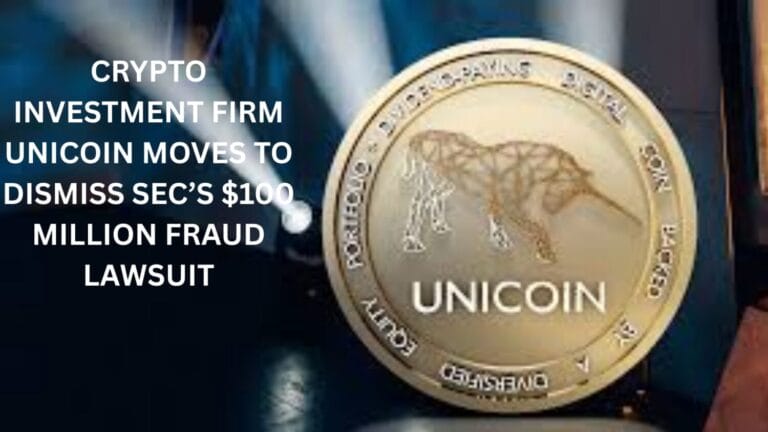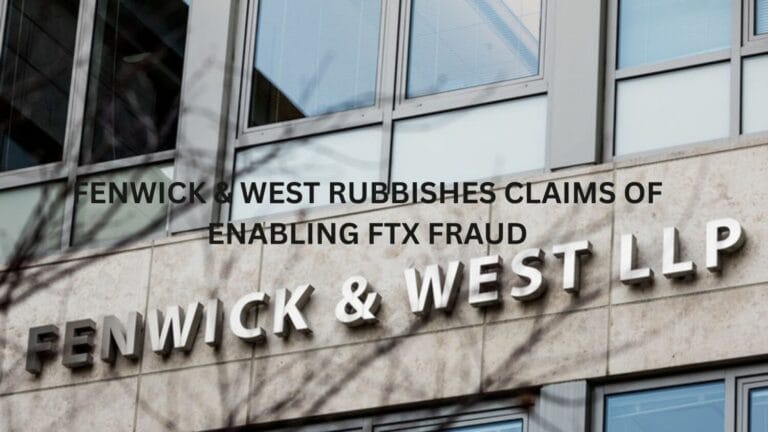Key Takeaways:
- In order to develop a decentralised, dollar-pegged stablecoin on the Aave Protocol, Aave has made a governance proposal.
- If approved by the community, GHO would be offered to borrowers who put up security and generate interest for the Ave DAO.
- The Aave Protocol will be the first “facilitator” that can create and burn tokens when GHO launches on Ethereum mainnet.
The Aave community has issued a Request for Comments (ARC) proposition to establish on Ethereum mainnet a native decentralised, collateral-backed stablecoin, $GHO, pegged to the US dollar.
“We have developed an ARC for GHO, a new decentralised, collateral-backed stablecoin native to the Aave ecosystem.”
GHO can be initiated on the Aave Protocol, enabling consumers to mint GHO against collateral they provide. GHO would be backed by a diverse set of crypto-assets chosen by users, while borrowers would keep earning interest on their underlying collateral. All GHO-related decisions will be made by Aave Governance.
If accepted, the inclusion of GHO would increase competition for stablecoin borrowing on the Aave Protocol, provide stablecoin users more options, and bring in more money for the Aave DAO by sending all interest payments on GHO borrows to the DAO.
The GHO has the following features:
- Decentralized
- over-collateralized by yield-generating assets
- backed by a variety of potential collateral types for the Aave Protocol
- Managed by the Aave community
However it is important to note that to date no stablecoin has been invented that is both hard pegged to a stable physical asset with intrinsic utility and fully decentralized. In this context, “hard pegged” means that each token issued is directly exchangeable for a specified quantity of a physical asset (e.g., each token can be directly exchanged for one gram of gold). A hard peg is an important standard as it eliminates additional risks that are present in soft-pegged systems.
GHO will be developed by people as a decentralised stablecoin on the Ethereum Mainnet (or borrowers). A user must provide collateral (at a certain collateral ratio), much like with any borrowing on the Aave Protocol, in order to mint GHO. Accordingly, the GHO protocol eliminates (burns) a user’s GHO when that user repays a borrowed position (or is liquidated).
Instead of the customary reserve factor that is taken into account when users borrow other assets, all interest payments made by GHO minters would be directly deposited to the AaveDAO treasury.
The concept also introduces the idea of “facilitators.” If accepted, this proposal will provide the secure creation and burning of GHO tokens. The interest rates for GHO’s borrowing will be set by AaveDAAO. It will be determined by the state of the market.
All of the tokens on the Aave network, known as ERC20 tokens, use the Ethereum blockchain to perform transactions. Aave was initially constructed on top of the Ethereum network.
According to Aave founder Stani Kulechov on Twitter, “While the assets would safeguard GHO on the Ethereum market, the major objective for GHO is to pursue organic adoption via L2s [layer 2s] to answer real-life payment opportunities across the internet and on-ground.”
The Aave DAO would gain from receiving the interest payments from anyone who borrowed the stablecoin, Kulechov stated.
In a nutshell, GHO will be over-collateralized by a variety of assets and decentralised. It will be supported by a variety of collateral options that will be supported by the Aave protocol.
A unique GHO aToken and GHO Debt Token will be deployed as part of the GHO integration, which uses the same processes as any other asset listed on the Aave Protocol. Upon adoption of the proposal, these tokens can be registered for the GHO token on the Aave Ethereum market.










